15 Things You Never Knew About the Sega Genesis
The Sega Genesis did what Nintendon't. But also so much more than that.
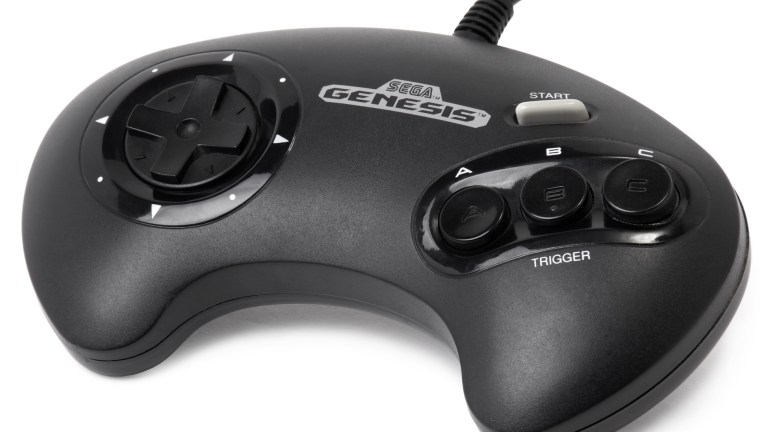
There was a time when Nintendo was a bit too synonymous with video games. You didn’t own an NES. You owned a Nintendo. You weren’t playing your old Atari. You were playing Nintendo. You asked your parents for quarters so you could go to the arcade and play Nintendo.
Sega’s adventures in hardware would end in tragedy after tragedy years later, but in October of 1988, Japan released the Mega Drive. Nearly a year later, it came to North America as the Genesis. It put the boots to the aging NES and pushed Nintendo to evolve in various ways. It gave players a viable choice. It was hip and in-your-face in ways that Nintendo’s consoles never could be no matter how hard they “play it loud.” It gave us years of classics and an iconic controller that really should have had more buttons on it.
For as well-known as the Genesis is, though, there’s actually quite a lot about the console you probably don’t know. We figured we would take a look at some interesting pieces of Sega Genesis trivia and share some of the more obscure facts about its games and history. This will include the entire Genesis Trinity, so yes, we will be discussing both the Sega CD and the 32X.
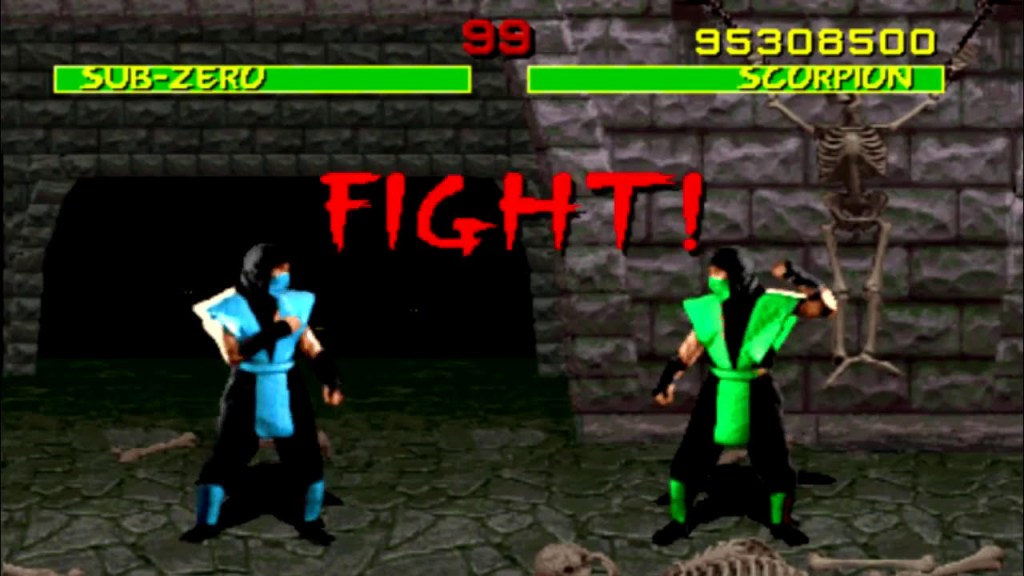
15. Mortal Kombat: Meet Reptile’s Friends
The Genesis version of Mortal Kombat is known for not only having a blood code, but for having a sly screen of intro text that all but tells you, “Hey, this game has a blood code! Put in the blood code for blood right now!” The trick to fighting Reptile is also pretty well-known, as you have to pull off several difficult feats while on the Pit stage in arcade mode. What isn’t as well-known is how the Genesis and Sega CD versions of Mortal Kombat feature a glitch that offers Reptile some backup.
If you pull off the secret Reptile fight during one of the endurance rounds in arcade mode (where you take on two opponents in a row), then the game thinks that the Reptile fight is also an endurance round. Once this green Sub-Zero/Scorpion hybrid is defeated, a version of either Raiden, Johnny Cage, or Sonya will appear with Reptile’s color palette. Looking like a green, garbled mess, this fighter will feature some awkward animations and one or two moves that will freeze you if you get hit.
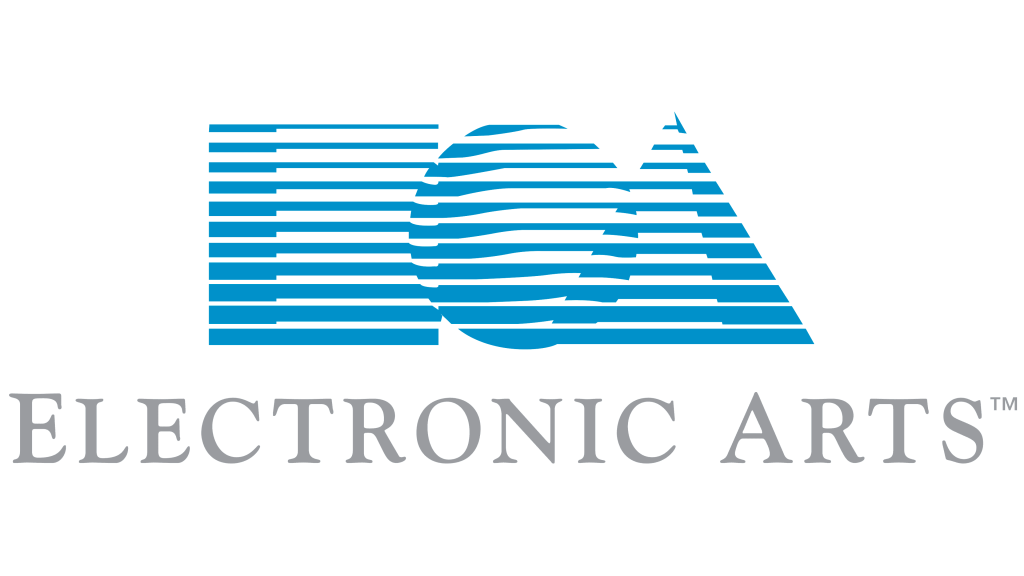
14. The Ballad of Electronic Arts’ Yellow Tab
Back in the day, being able to make a game for Nintendo or Sega meant being put under their thumbs. Those companies had the final say, they demanded royalties, and even using their dev kit meant forking over some bucks. EA expected this kind of skullduggery from Nintendo, but Sega was supposed to be the cool underdog! A Sega exec told them to deal with it and so, EA did, in fact, deal with it in their own way.
Specifically, EA got some of their big brains together and reverse-engineered the Genesis console. They figured out how the console worked and how to make games that would work on the system. Long story short, EA started releasing their own library of Genesis games without having to deal with Sega’s royalties problem. That’s why their cartridges look so different and have that notable yellow EA tab on the side.
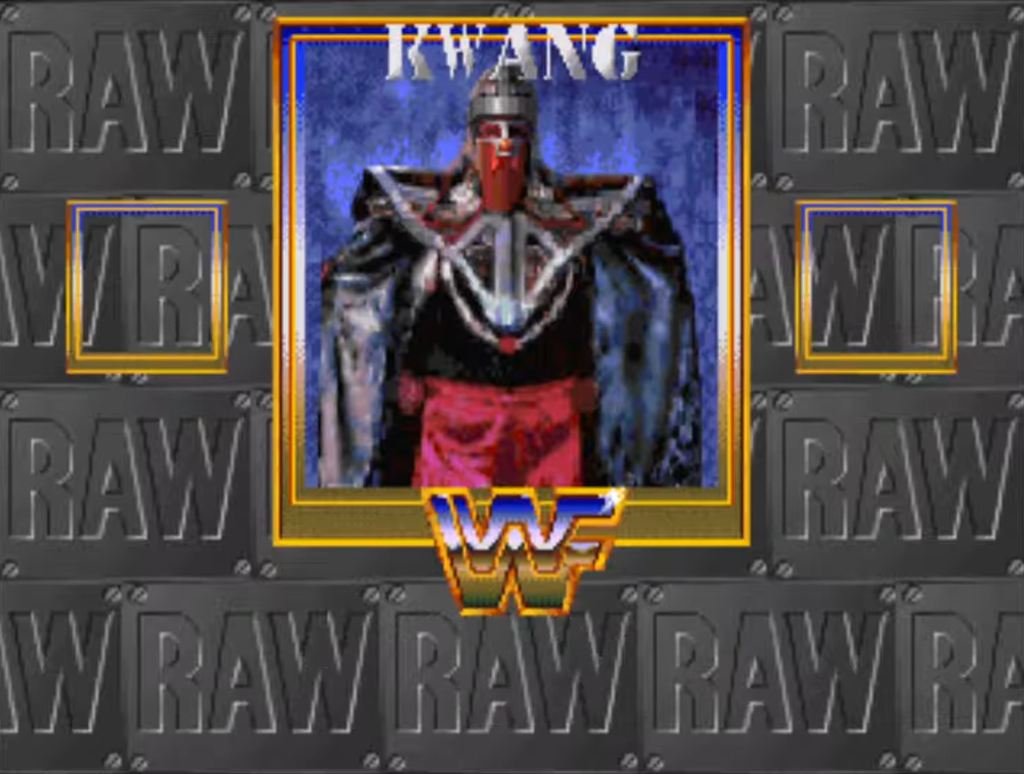
13. WWF Raw: The Original Hidden Wrestler
To be fair, the first instance of a hidden wrestler in a video game is Sega’s 1986 release Gokuaku Doumei Dump Matsumoto, where a code could let you have a tag team match against a couple of aliens. That said, the first hidden character in a game based on a real wrestling promotion would be 1994’s WWF Raw by LJN. More specifically, it was the 32X port, which included masked ninja wrestler, Kwang. Quite a choice, as this would be the 2023 equivalent of having your big secret character be…I don’t know…Madcap Moss?
Other than the flashy sprite, Kwang didn’t even come with his own specific moves or special attacks. The guy’s one unique quality as a wrestler was that he would spit green mist at times, but they didn’t even find time to add that to the game!
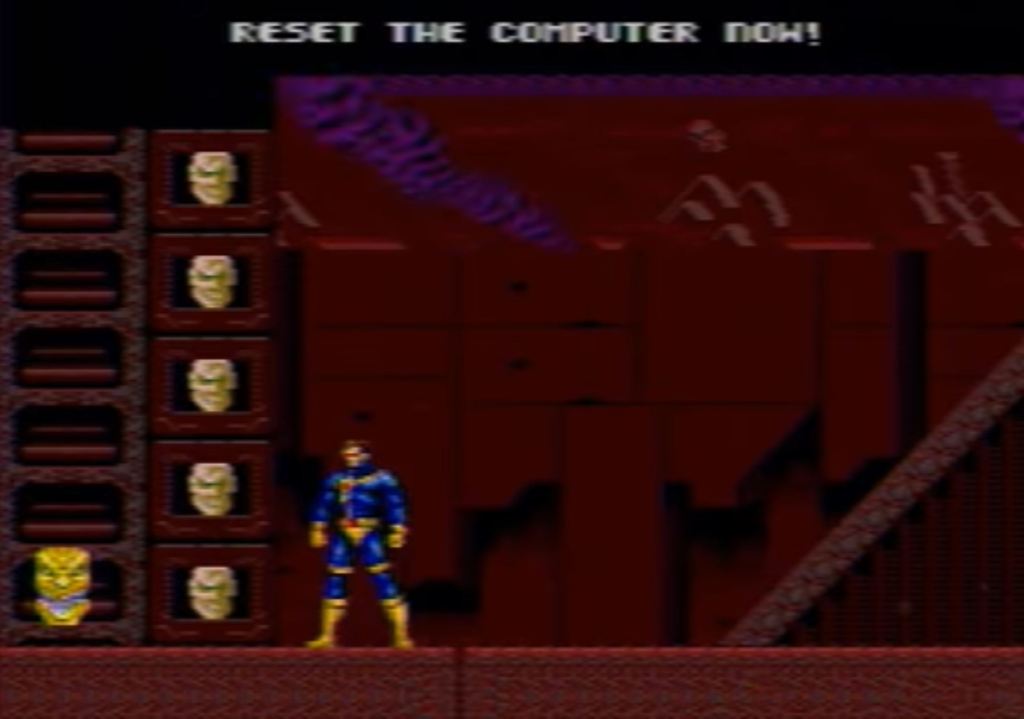
12. X-Men’s Ahead of Its Time Piracy Prevention Trick
The X-Men game by Western Technologies Inc. came out right around the popularity height of the animated series. While it was quite different from the legendary arcade game and the rocking SNES version, this Genesis title was pretty iconic. Whereas those other games copied their looks from the cartoons, the Genesis version of X-Men had a gritty feel that felt like it came from the comic page.
These days, if somebody was looking for a go at this game, they would probably sail the high seas of piracy. Well, it turns out that the guys at Western Technologies designed a (perhaps unintentional) piracy prevention feature. In the penultimate stage, after defeating Mojo, the game would tell you to “RESET THE COMPUTER!” The player was supposed to guess that doing a light reset of the console would bring them to the final level. As you probably guessed, that is easier said than done when you’re playing the game via a ROM. There are some ways to sidestep it these days, but it’s a frustrating (if fascinating) little gimmick.
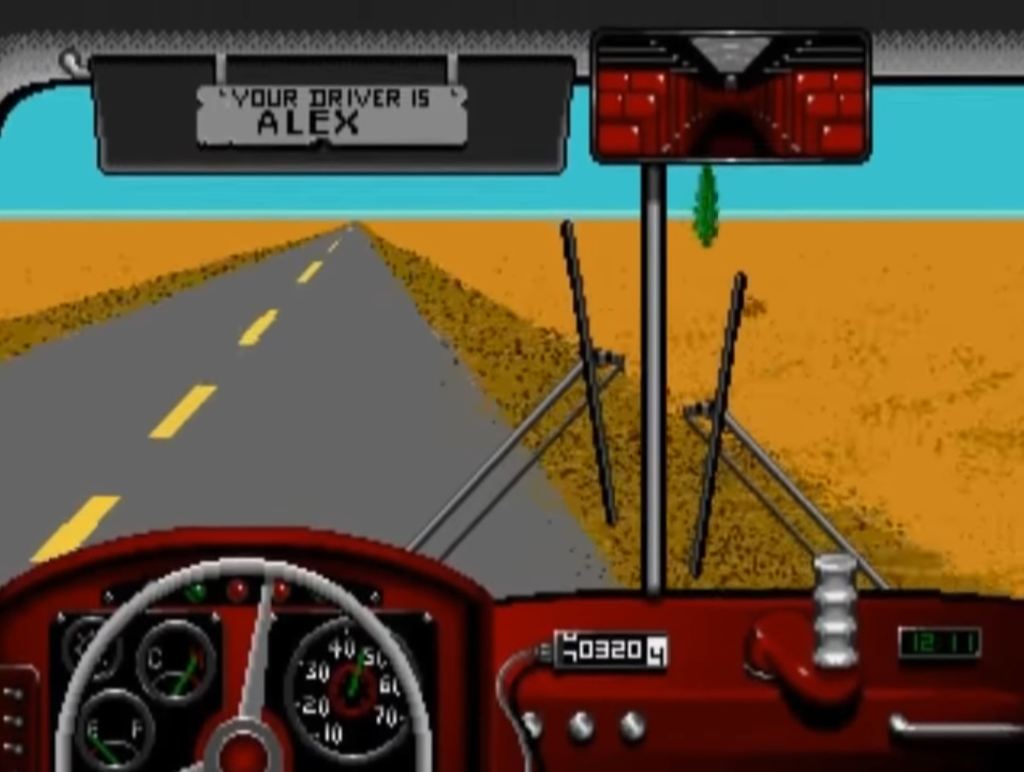
11. An Unreleased Penn & Teller Game Makes Millions for Charity
Back in 1995, Absolute Entertainment was supposed to release the Sega CD title Penn & Teller’s Smoke and Mirrors. For those who don’t know who Penn and Teller are, think of them as Jay and Silent Bob for boomers. Smoke and Mirrors was going to be a collection of six games, including one where classic rockstar Lou Reed automatically murders you with his death vision if you choose “impossible” difficulty because that’s literally what “impossible” means.
As the publisher went kaput before the game could be released, people weren’t able to play it until it appeared online in 2005. That’s when gamers became interested in the title’s fascinatingly stupid side game “Desert Bus.” In it, you drive an empty bus from Tucson to Vegas with no pausing, no distractions, and really a whole bunch of nothing for eight hours as you must make sure you keep the bus from drifting off the road. If you can pull this off, you win a single point and get to drive back to from whence you came.
The group LoadingReadyRun started up an annual event called Desert Bus For Hope where they would play Desert Bus for hours and hours, based on the number of donations they receive. The first event (given the thumbs up by Penn and Teller themselves) gained nearly $23,000. At this point, the event has a running total of about $9.5 million for charity. Not bad for a game that was never on the shelf!

10. The Lost Batman: The Animated Series “Episode”
The Adventures of Batman and Robin was the title of several adaptations of Batman: The Animated Series for Nintendo and Sega’s various systems. Each game is completely different with its own sets of levels and story, but the Sega CD one really stands out above the rest due to the possibilities afforded by the hardware. The core gameplay is just a series of levels where you drive the Batmobile or Batplane while trying to catch the likes of Poison Ivy, Riddler, and the Joker, but what makes that version special are the fully-animated cutscenes you get between levels.
Stitched together, it’s 16 minutes of original footage featuring animation roughly on par with the cartoon (plus all the voice actors). There’s even a moment of Batman fighting one of Poison Ivy’s plant monsters that has no connection to gameplay, but it’s violent as hell and crazy intense. As a reward, the villain behind everything turns out to be Clayface pretending to be Rupert Thorne, so you get several minutes of rad Clayface animation.

9. Moonwalker: Thriller Minus Thriller
At the time, Michael Jackson’s Moonwalker was a too-awesome-to-exist release that made the Sega Genesis stand out in the pre-Sonic days. It also started a very long-running and fascinating relationship between Jackson and Sega that lasted to the Dreamcast era and included such things as in-game cameos and secretly ghost-writing the Sonic 3 soundtrack.
Moonwalker had five levels, each with a 16-bit rendition of a Jacko hit single. The first three levels were even blatantly based on Michael Jackson’s music videos. Level 1 had him fight mobsters to “Smooth Criminal.” Level 2 had him take on street gangs to “Beat It.” Then the third level had him fight off hordes of zombies to the unforgettable Michael Jackson hit song…”Another Part of Me.” Wait, what?
The developers absolutely planned to use “Thriller” for the stage, but at the eleventh hour, they discovered that the song was off-limits due to it not being written by Michael himself (it was actually written by Rod Temperton). Since they were only supposed to use Michael-written songs for the soundtrack, “Thriller” was removed…mostly. At first, snippets of it would remain here and there, like in Michael’s screen-clearing dance attack. However, that was later removed as well.

8. Korea’s Bizarre Console Names
As I am American, I am calling Sega’s third home console the Sega Genesis. In many other places, it’s known as the Mega Drive. However, the console had even more names than that.
What’s really out there is what the console was called in Korea. Due to the relationship between the countries, it was a huge no-no to promote Japanese products in Korea during the late-80s/early-90s. To get around it, Sega had the company Samsung release the Mega Drive/Genesis in Korea to make things easier to swallow. Of all the things to call the system, they went with The Super Gam*Boy. Yes, name it after one of those crap knockoff products your grandmother would be tricked into buying you around Christmas. Later on, the console was renamed the Super Aladdin Boy, which at least allowed them to use a mascot who was Aladdin, but also a genie, and also he had a lightsaber.
Man, Sonic kind of sucks in comparison.
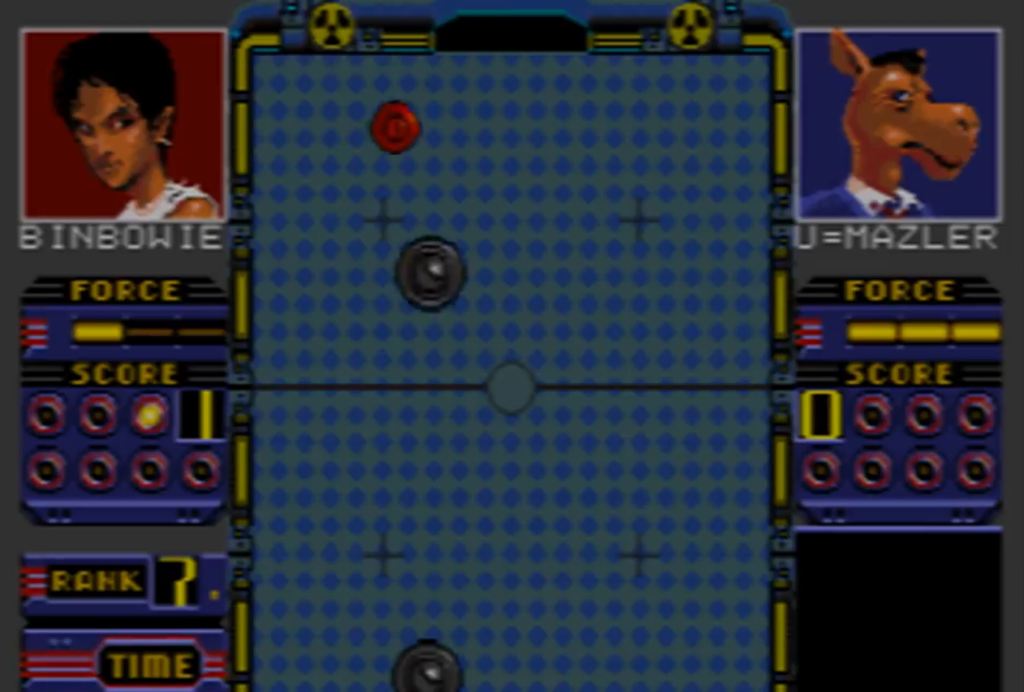
7. The Genesis of Online Gaming
There’s an episode of The Twilight Zone where a guy went back in time and knew precisely where to strike for oil to make himself rich. After all that money and effort, though, he discovered that the drilling technology of the time wasn’t up to snuff and couldn’t dig deep enough. That is basically the story of the Sega Meganet. Just…without the time travel. I think.
In 1990, Japan released the Sega Meganet: an online attachment to go with the Mega Drive that allowed everything from online downloads, banking info, and eventually emails. It was built around early-90s dial-up, and there were obviously very few 2-player games available, but still, such an idea was incredibly ahead of its time. Unfortunately, it wasn’t too successful and was relatively quickly scrapped. Still, it helped lay down the foundation for the Sega Channel, XBand, and online gaming in general.
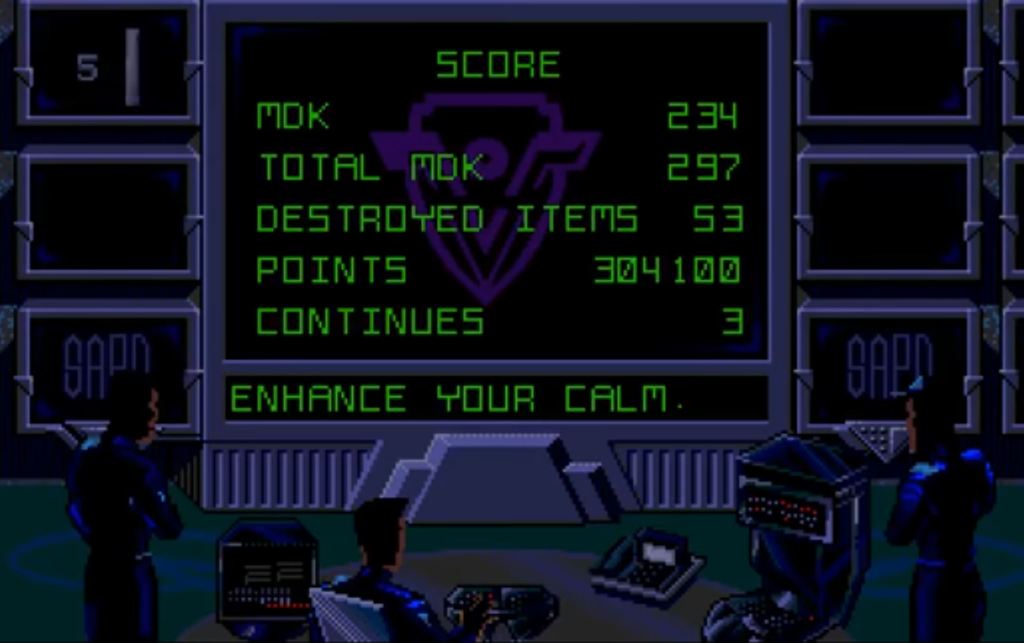
6. The Games that Made the Genesis Croak
As video games evolve, all consoles are eventually left in the dust. So what was the final Genesis release? Hell, let’s go even further and talk about the final releases for the “Sega Genesis Trinity!”
The last Sega CD release in the United States was Demolition Man in November 1995. Not only was this run-and-gun platformer released two years after the movie, but it was released nearly a year after the nearly-identical Genesis version came out. The main differences was a way better soundtrack and the inclusion of pixelated clips of the movie as cutscenes. Otherwise, it looked and played exactly the same. The very last Sega CD release, in general, was Shadowrun in February 1996. This Japan-only release was a role-playing visual novel with a dice-based battle system. No Stallone in that game, sadly.
The 32X’s final game was The Amazing Spider-Man: Web of Fire in January 1996. Even though Sega and Spider-Man have collaborated to give us some cool shit over the years, this was as obscure and forgettable as the game’s villains. Instead of fighting the likes of Doctor Octopus or Mysterio, Spider-Man’s most well-known boss characters here were Dragon Man and the Super-Adaptoid. A rogues gallery befitting of the add-on if there ever was one.
What’s really crazy is the final release for the Genesis itself. See, in 1997, a new version of Frogger was released for Windows and PlayStation that gave it updated graphics and gameplay. In 1998, Frogger was released for Genesis and despite having the same cover as the modernized versions, it was simply just a port of the original arcade game. No flashier graphics or special bells and whistles. Just classic Frogger closing the book on the console.
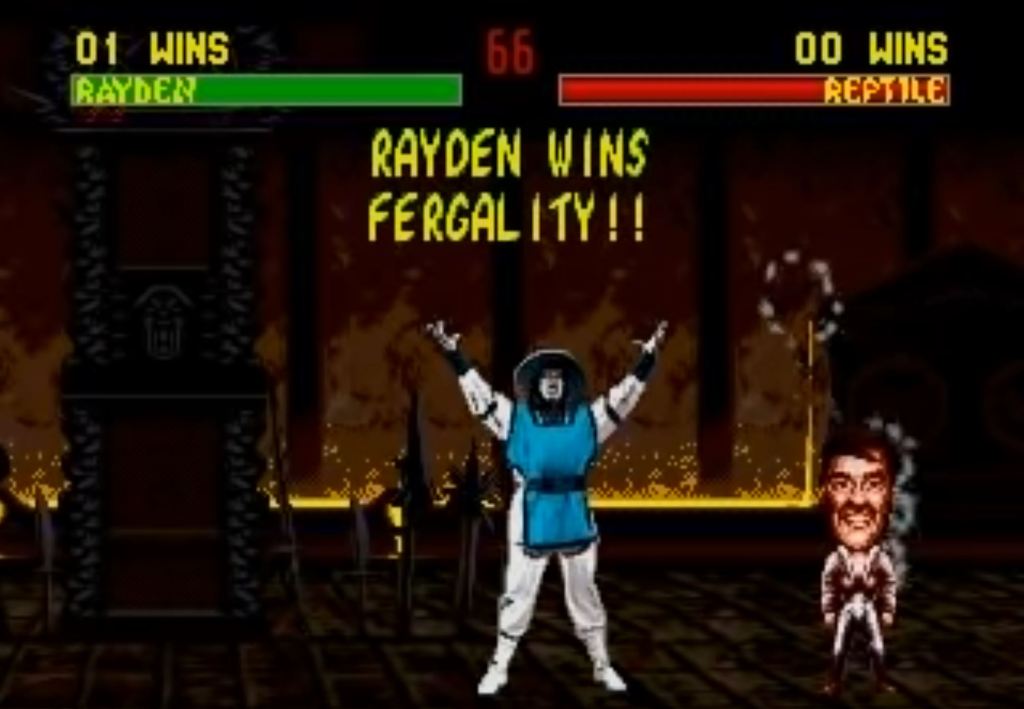
5. Fergus McGovern: Saint of Easter Eggs
The late Fergus McGovern was the founder and CEO of Probe Entertainment, which did plenty of ports during the late-80s/early-90s. Various Probe games tended to feature incredibly complex codes that would lead to an appearance by their fearless leader. More specifically, it would lead to the appearance of his giant, smiling head.
In Jelly Boy, you could have Fergus’ giant noggin replace the main character’s as he stares directly at the player. His floating head can fly through the background of the Pit in the Genesis version of Mortal Kombat. In Primal Rage, you can have Fergus appear in the background as a big-headed Satan, complete with a pitchfork. The most well-known Fergus appearance is the Genesis port of Mortal Kombat II, where, after going through plenty of hoops, you can transform your opponent into a tiny man with Fergus’ head, which leads to “FERGALITY!” flashing onto the screen.
As a teen in the 90s, I had heard of the Fergality, but it just seemed too ridiculous to be true. Ah well.
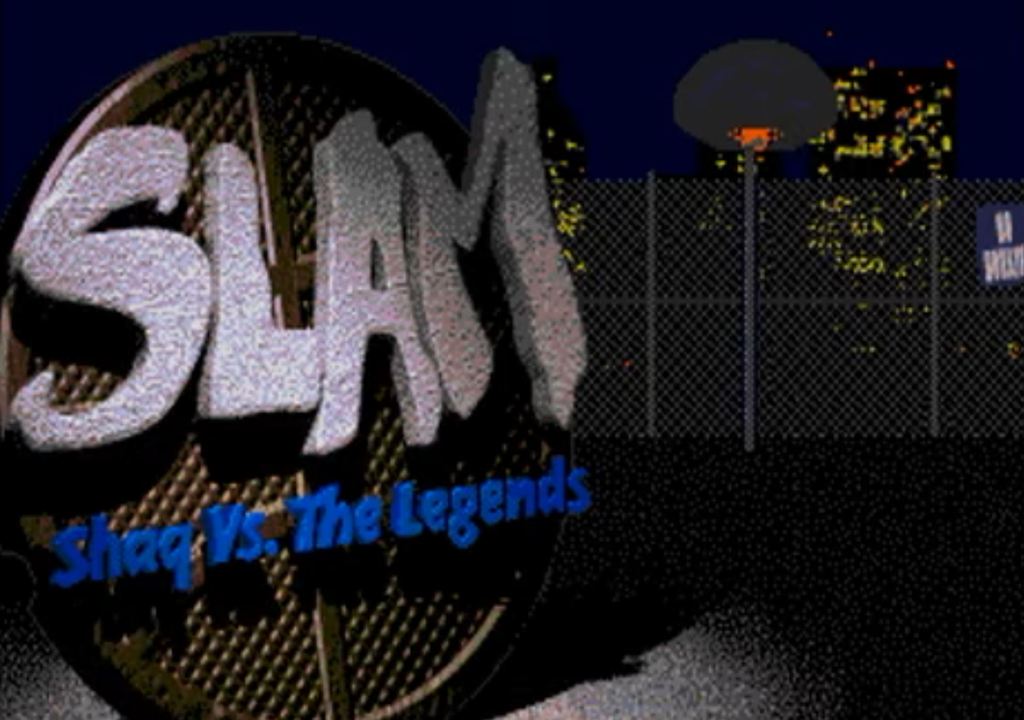
4. The Shaq Game We Never Got to See
When Shaquille O’Neal became a huge name in basketball, he quickly expanded into pretty much every other aspect of popular culture. He went on to do movies as a rapping genie and the Tony Stark of the DC Universe and even starred in a lousy one-on-one fighting game about Shaq fighting mystical mutants in another reality. Actually, Shaq-Fu is often remembered as a big “that happened and we allowed it to happen” moment in 16-bit history, but we came so close to getting another Shaq game around that time. A game that (*gasp!*) would have been about basketball!
Slam: Shaq vs. the Legends was an EA title that would have been a two-on-two basketball game starring Shaq and featuring big NBA names like Magic Johnson and Larry Bird. While there is a ROM of the unfinished game out there, there isn’t too much information on it. Though I am happy to say that they shelled out the money to include Onyx’s “Slam” as the opening theme, solidifying it as a true product of the 90s.
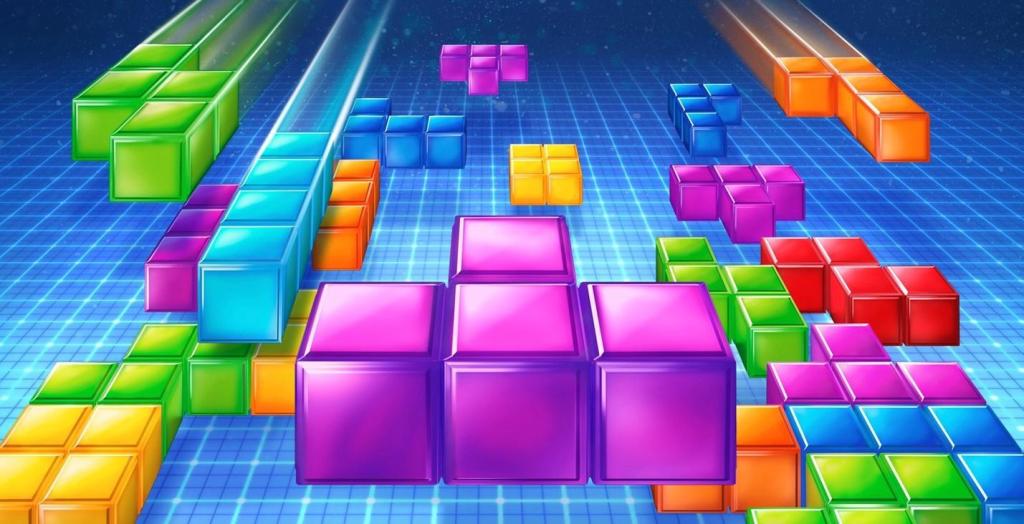
3. Tetris: The Most Expensive Genesis Game
Video games that are rare and currently expensive usually come with interesting stories. Sometimes they are released very late into a console’s lifespan and become a big deal after the fact. Sometimes they are created for special events or as rental exclusives. However, the rarest and most expensive Genesis game earns that title because, officially and legally, it isn’t supposed to exist.
In mid-1989, the Genesis was supposed to receive a special port of Tetris. However, that project was derailed at the last minute. It turns out that Nintendo controlled some legal rights that made Tetris exclusive to their systems. The developers were told to abort the mission and destroy all the copies of the game. However, a very small number of copies were smuggled away and currently go for a pretty penny. Tetris co-creator Alexey Pajitnov signed a copy of Genesis Tetris and it ended up selling on eBay for a cool million.
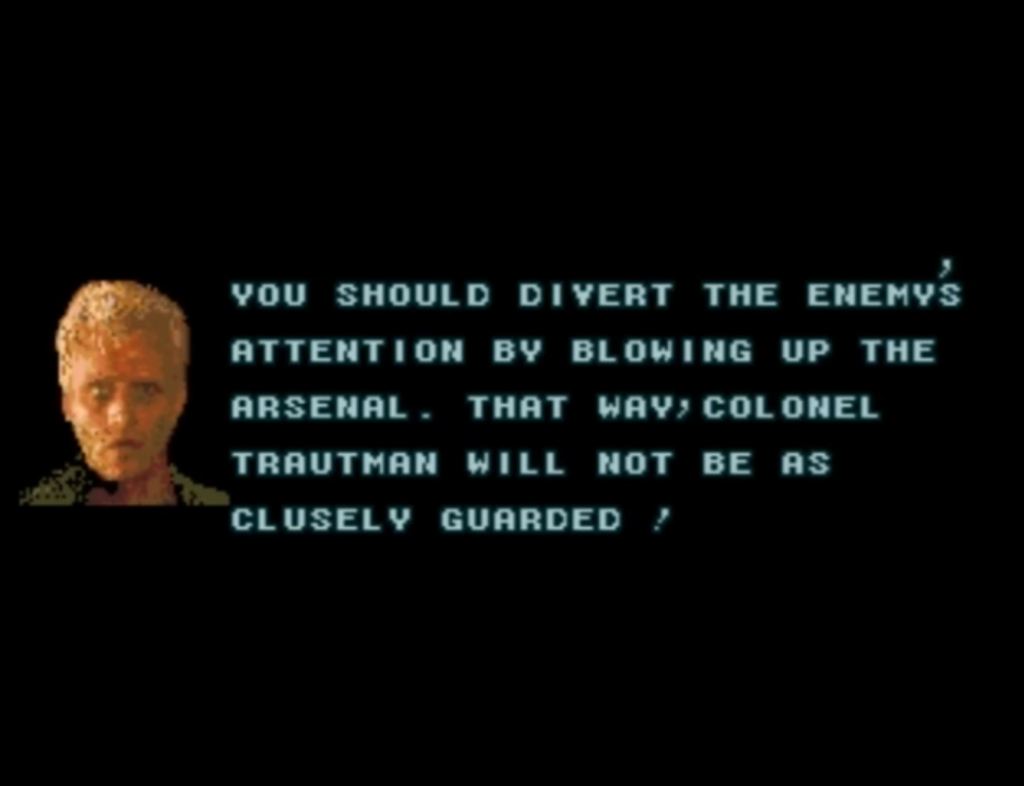
2. Rambo III: This Hauer Is at the Wrong Gig!
Rambo III was a perfect storm for getting people hyped in the early days of the Sega Genesis. It was an adaptation of a then-new action movie filled with explosives, machine guns, and Stallone doing that weird thing with his lip. As shown in the commercial, you could play as Rambo with gameplay and graphics that left the NES in the dust. It was a decent take on the movie, but as an adaptation, it featured one glaring error that is still confusing to this day.
Like many 16-bit games based on existing IP, Rambo III threw in digitized imagery of live-action photos. When Griggs is giving you orders, it comes with a pixelated image of actor Kurtwood Smith. Because, you know, Kurtwood Smith played Griggs in the movie. It made sense for them to do that.
However, in the second level, there’s a part where you rescue a POW, who tells you that the place is set to blow. This comes with a pixelated image of what certainly seems to be actor Rutger Hauer. Now, I love me some Rutger Hauer, but…um…Rutger Hauer wasn’t in Rambo III. Rutger Hauer wasn’t in ANY of the Rambo movies! Why did they use a picture of Rutger Hauer?!
I looked around and I have not found any explanation for this, over 30 years later. There’s no mention anywhere of Hauer filming scenes that got cut or anything like that. No details from the devs. Just a long-lasting mystery involving a man who has seen things you wouldn’t believe.
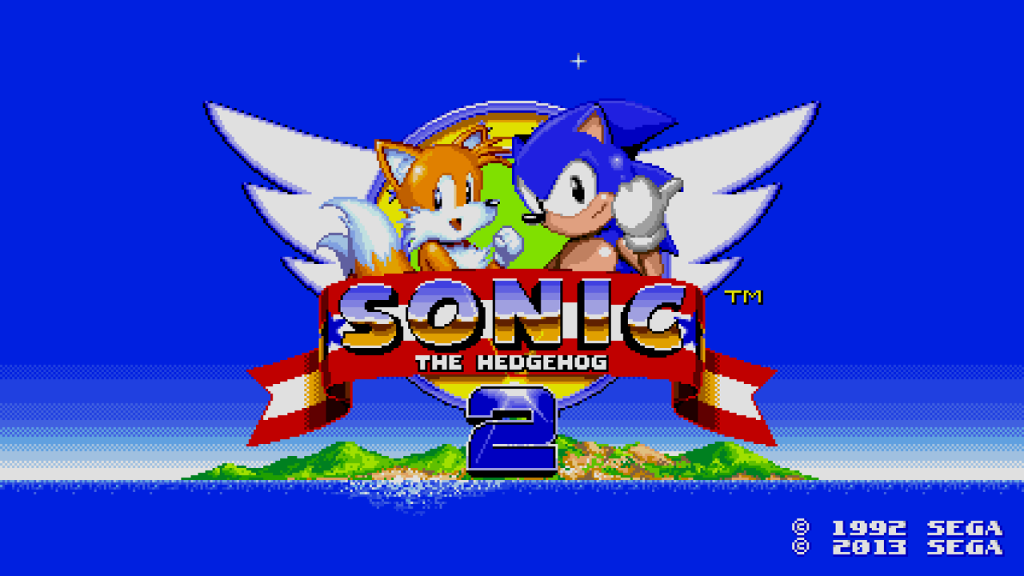
1. Sonic the Hedgehog 2: The Street Date That Changed Everything
Back in the day, if you were pumped about an upcoming video game, you were going to just have to be patient, wait it out, and hope that it would come out sooner than later. If you wanted to know when an NES game was coming out, Nintendo Power would give you a month or maybe just a season. It was all incredibly vague. Fingers crossed that it didn’t get delayed because good luck on finding that out in the pre-internet age. Usually, Toys R Us received games first and then it trickled into the mom-and-pop places, but when it came to genuine release dates, there was no rhyme or reason.
However, Sega wanted Sonic the Hedgehog 2 to be a big deal. They wanted its release to be an event in itself. And so, they announced Sonic 2sday. Everyone would know that Sonic the Hedgehog 2 was going to come out on November 24, 1992. At the time, it was unheard of because it meant setting up all that inventory all over the place and being strict with stores about keeping a specific street date. Not just that, but doing so in both North America AND Europe! Nowadays it feels like such a minor thing, but in 1992, that was asking for a lot. Of course, now it’s crazy to think of a modern game not following that basic release strategy.
